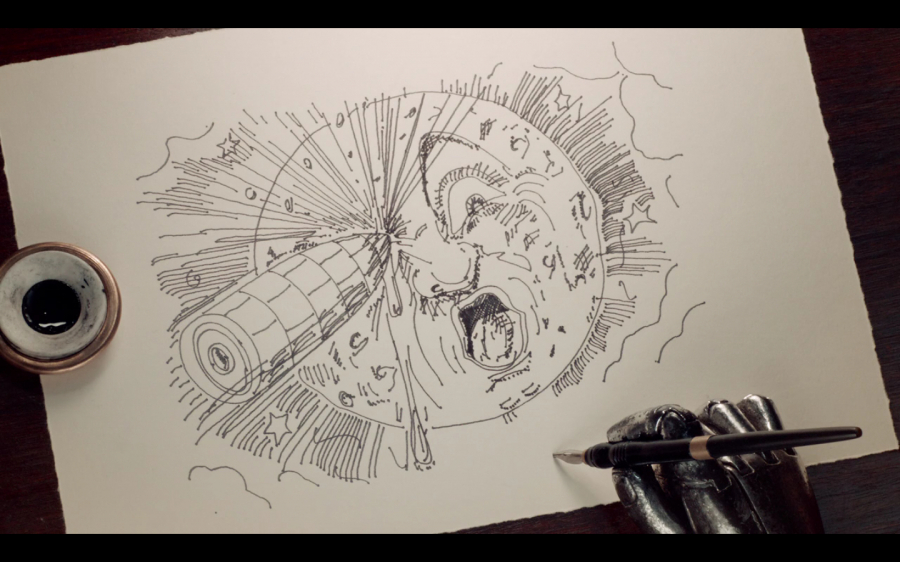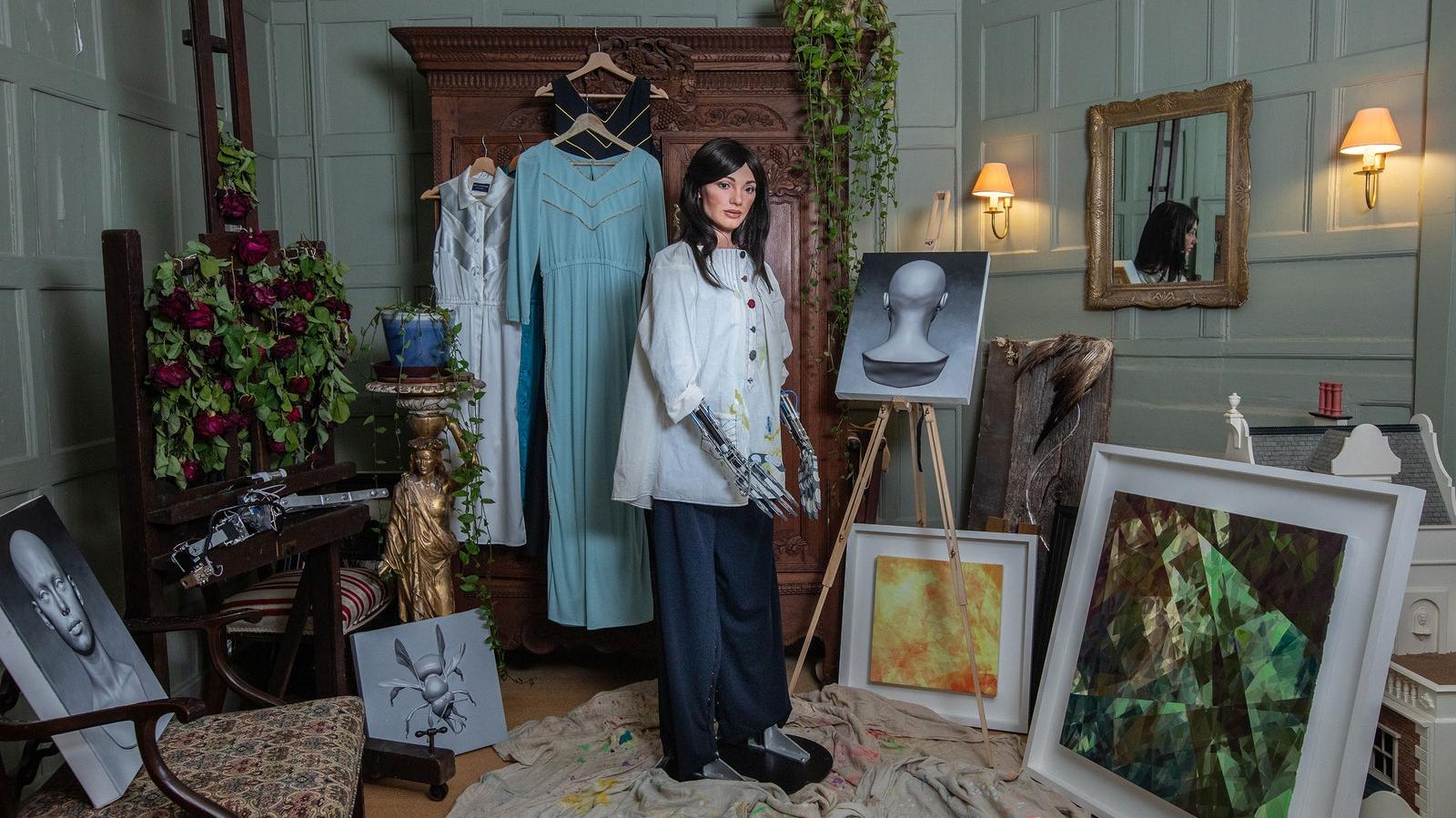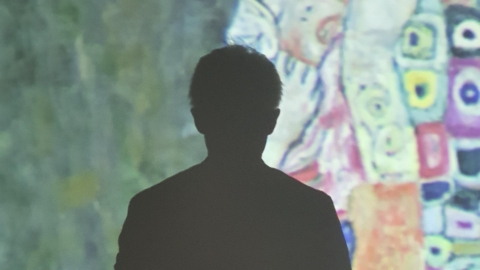The 4.0 era begins, which is also the time when the termsmachine learning, artificial intelligence (AI) is mentioned almost every day in newspapers, magazines or media. AI is present in every field and profession, because it has the ability to increase labor productivity, automate simple tasks, and especially perform repetitive activities better than humans. However, recently, some signs show that the land of artistic creation - which has long been considered the sole place of humans - is being threatened by cold algorithms. The question is,Will AI be a great help or a threat to artists?
AI becomes entertainment idol
Virtual Idol (virtual idol) has recently become a controversial but profitable industry in many Asian countries such as Japan, Korea, and China. These are stars created by artificial intelligence technology with appearances, personalities, and activities that simulate humans. Although living in cyberspace, virtual idols are just as productive as real-life celebrities. These characters know how to sing, take fashion photos, act in commercials, etc.
Although originating in Japan, this virtual idol industry seems to be doing well in the Chinese market, with a total value of up to about 35 billion USD, attracting about 390 million viewers (according to Bloomberg). Currently, the number ofidolThe virtual idols in China are around 30-40 characters. The age of these idols is decided by their creators. Moreover, the fact that they stay that age forever is an advantage in an entertainment world that only favors "newbies" and young people.
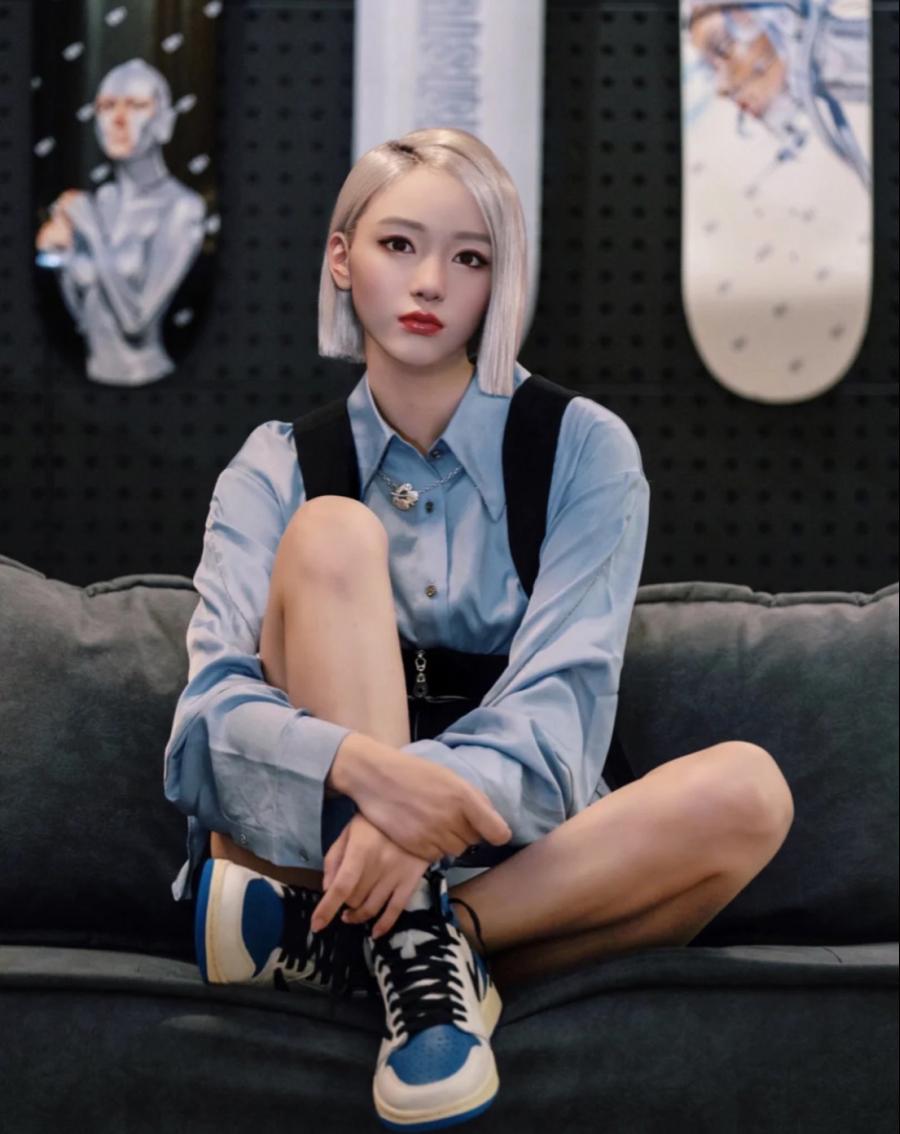
Ayayi is China's first metahuman, launched in May 2021.
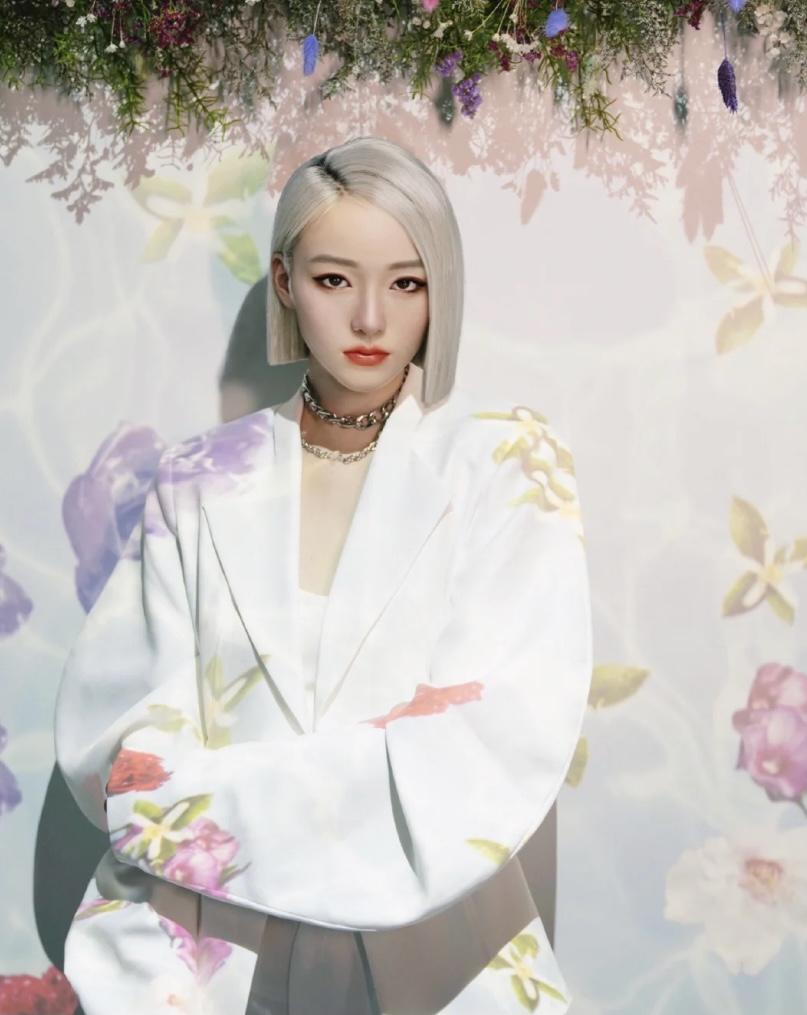
After a month of launching, Ayayi received 3 million likes for her first post and had over 40,000 followers overnight.
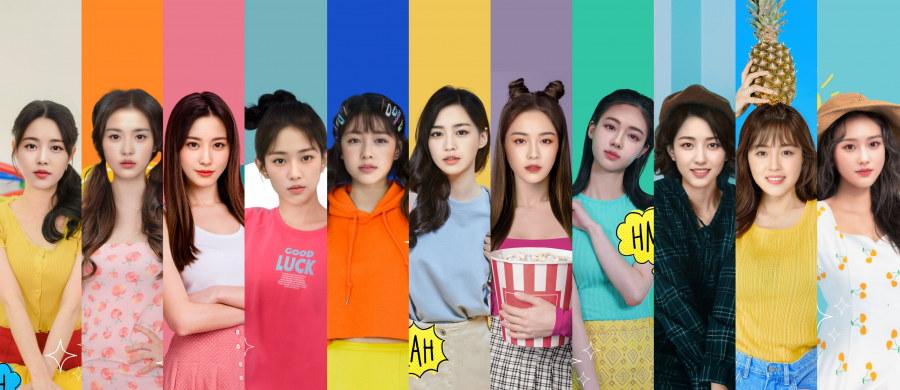
Korean girl group Eternity consists of 11 AI-generated vocalists.
As technology develops, virtual idols become more human-like in appearance and expression. Some virtual stars even "cause a fever" because they are so beautiful. Expert Elison Lim at Singapore's Nanyang Technological University once said: "Virtual idols are perfect in appearance, voice and personality. And this is what many people desire." From the brand's side, virtual idols show perfection in working without rest, appearing on many platforms at the same time, and costing less.In particular, virtual idols eliminate the worry of entanglement.scandal, in the context of more and more celebrities having their careers ruined by personal scandals.

Lil Miquela has 3 million followers on Instagram, her posts attract over 100,000 likes.
Besides, the economic value that virtual idols bring is not... virtual. Lil Miquela - one of theidolThe world's most famous virtual idol with over 3 million followers on Instagram, pocketing about $8,500 for an advertising post and an estimated annual income of $11 million. Virtual idol Ling, who debuted in May 2020, also showed her appeal with over 130,000 followers on Weibo. She also reached advertising contracts with Tesla and one of China's largest milk tea brands, Nayuki.
The popularity of virtual idols has also extended beyond cyberspace. In 2019, Chinese virtual singer Luo Tianyi held a concert, sharing the stage with pianist Lang Lang. This was the first music show in China to feature a combination of a 3D artist and a real musician. Last year, SM Entertainment (South Korea) also introduced a new girl group Aespa with 4 real members and 4 virtual copies of themselves.

With a sharp jawline, slender face and pink lips, Ling exudes traditional Chinese beauty.
AI writing
In fact, AI has intervened in literary life through search algorithms of Google, Facebook... to learn users' reading habits and interests to provide suggestions for suitable works. However, few people think that one day, inanimate machines can write.
On August 25, Parambook Publishing House released the first novel written by Korean artificial intelligence -The world from now on, author AI Birampung. Writer and computer science expert Kim Tae Yeon directly directed Birampung to write this novel. Before that, the writer outlined the plot, setting, and characters of the book. According to the founders, Birampung not only understands and expresses dry sentences but also literary metaphors and hidden meanings in sentences. The sentences written by Birampung are intricate and complex enough that they almost do not need to be proofread.
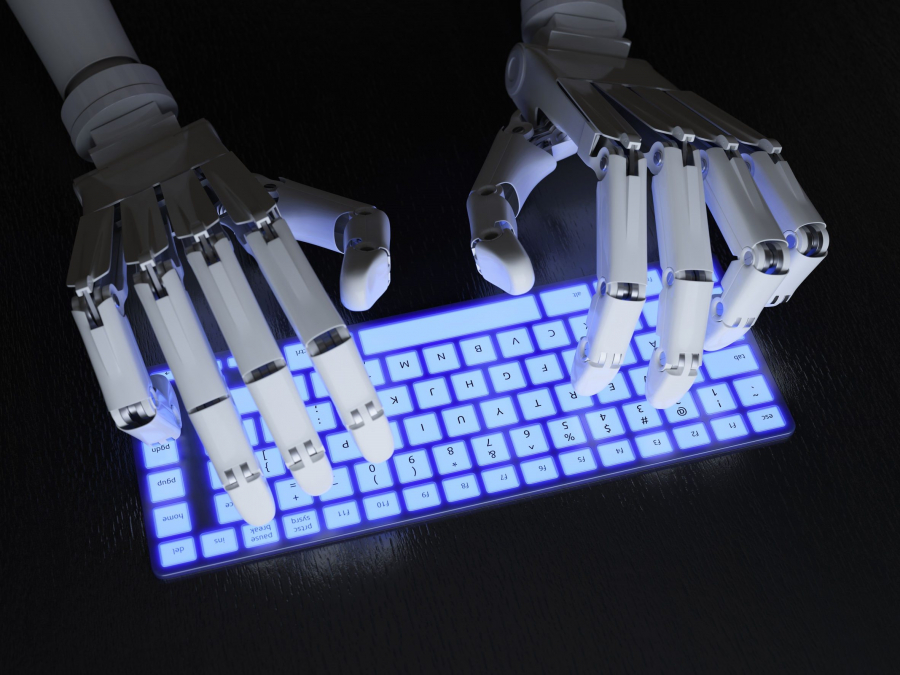
Few people thought that one day, mindless machines would be able to write.
In Vietnam,NYM - Me of the future(2020) is the first book product marking the combination of humans and AI. Author Nguyen Phi Van takes readers into the world of NYM - an artificial intelligence product and NYM's journey to approach topics that young Vietnamese people are interested in. NYM was built over 3 years, loaded with data on language and life knowledge. This AI talked directly 1-1 with 11 million young Vietnamese people on Facebook to collect information. The most special point of the book is the chapter on sex, which is entirely written by AI. The remaining chapters are written by Nguyen Phi Van as NYM.
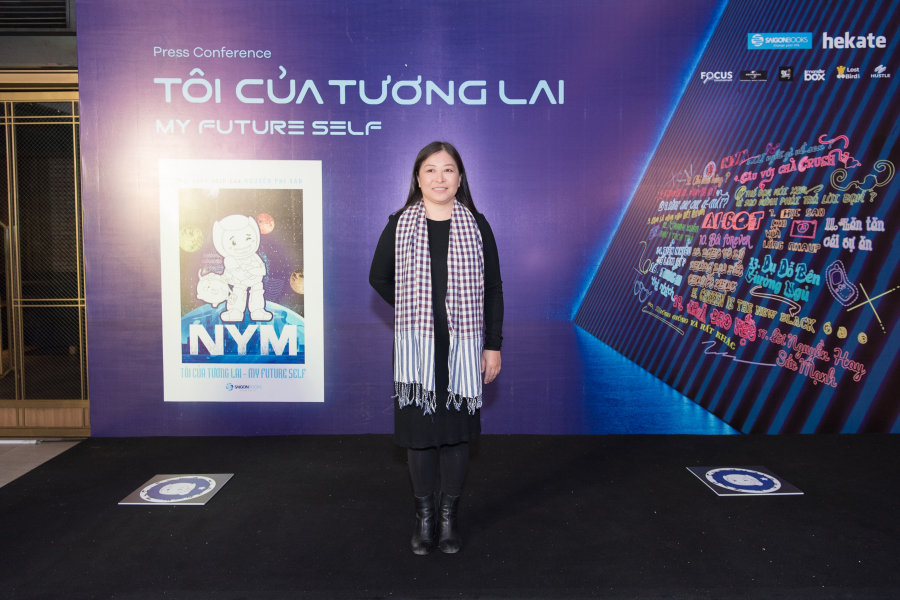
"NYM - Future Me" is the first book marking the combination of humans and artificial intelligence in Vietnam.
Five years ago, an unbelievable but true story happened, when an AI-written novel made it through the first round of a national literary award in Japan - the bookThe day a computer writes a novel. Researcher Hitoshi Matsubara and his team pre-selected words and sentences, then programmed the AI to write them into complete paragraphs and a meaningful story. In the qualifying round of the above-mentioned literary competition, the entries were not allowed to reveal the author's information. Therefore, the judges had no idea that the novel was actually written by a machine, not a human.
AI makes paintings
One of the typical examples of machines being able to create paintings is Ai-da, the world's first AI hyperrealistic robot artist. In 2019, Ai-da created a media "blockbuster" when she launched her own exhibition. Her works meet all the criteria of true art, including the characteristics of being irreproducible and unrepeatable. In May 2021, Aida continued to organize an exhibition of self-portraits in the UK.

Many collectors bought Ai-da's works, with the total amount of money raised reaching nearly 1 million pounds.
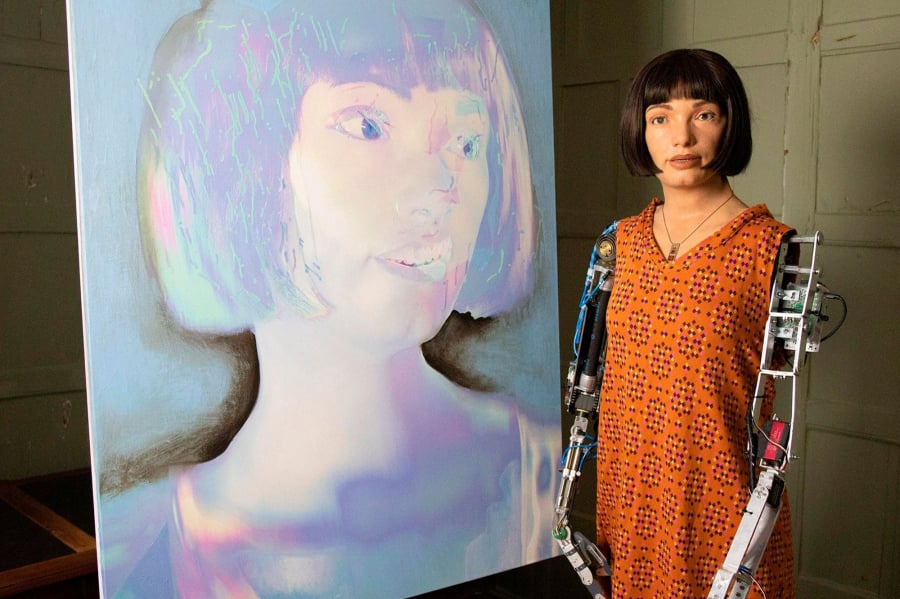
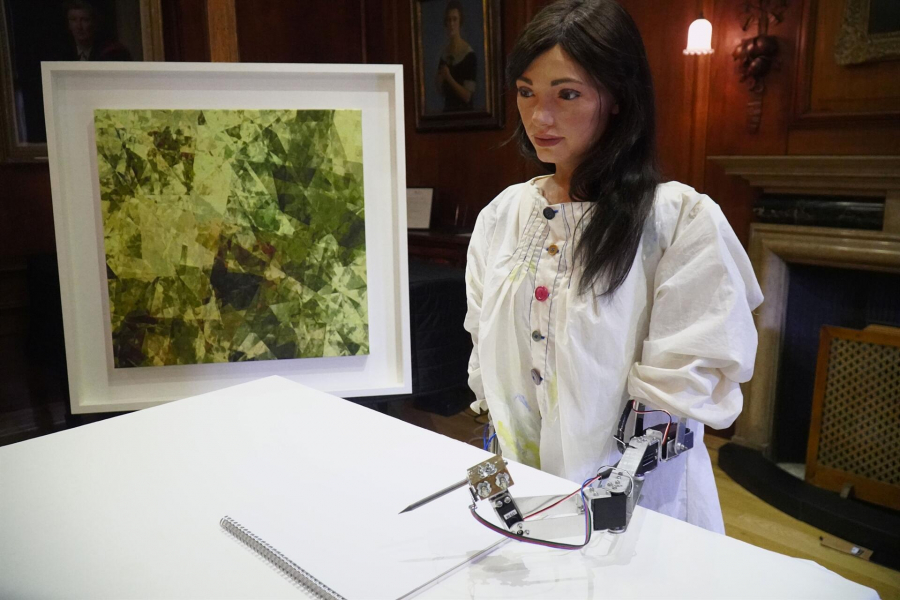
In 2018, an AI-generated portraitEdmond de Belamyauctioned for up to 432,500 USD (10 billion VND). The above portrait was created by Obvious Art (France), this group used the Generative Adversarial Network (GAN) algorithm which has been applied by many artists since 2015. Previously, Obvious Art completed 11 other paintings, one of which was sold for 10,000 EUR (about 265 million VND).
These startling numbers have indeed proven that AI-generated works have commercial value that is no less than any artwork by famous artists. However, it also comes with a lot of criticism, not only from those who want to protect traditional artistic creation but also from other artists who are researching artificial intelligence. Chris Peters, an artificial intelligence artist, believes that works based entirely on algorithms are still a soulless work.
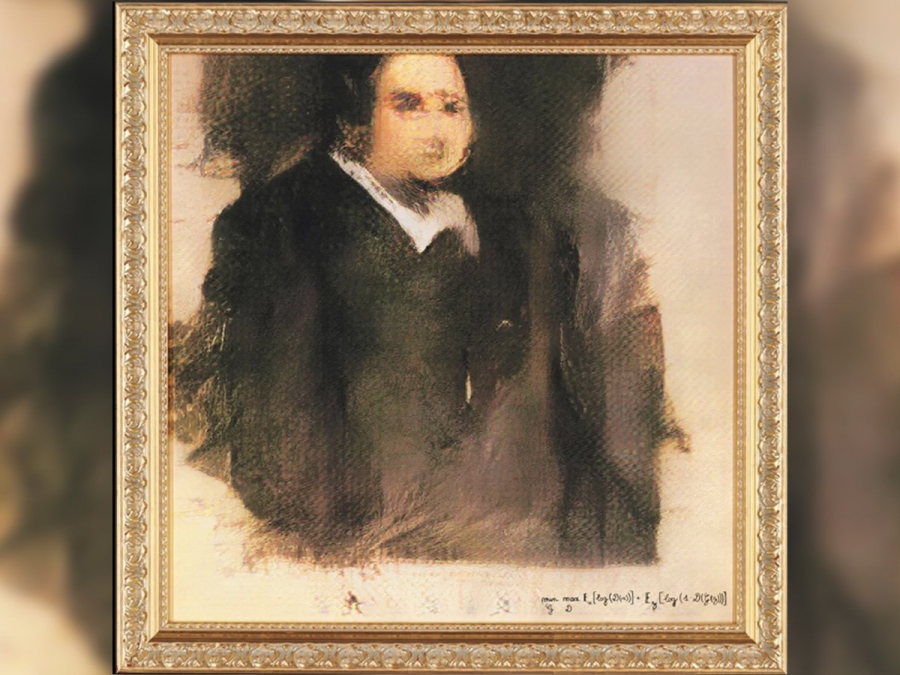
The AI-created painting "Edmond de Belamy" was auctioned for $432,500, 40 times higher than the initial estimate of $7,000-10,000.
threat to the artist?
As AI-generated products are so well received and appreciated, the next question that arises is whether it will put artists and creative people out of work.
Hugo Caselles-Dupré, one of the computer scientists at the Paris-based creative collective Obvious, insists that they don’t think AI art can replace humans. He compares the emergence and development of this creative method to the emergence of the camera in the 18th century. It is simply a new art form, contributing to the richness of national cultures and exploring the infinite possibilities of human beings. However, he does not deny that this is the golden age of AI.
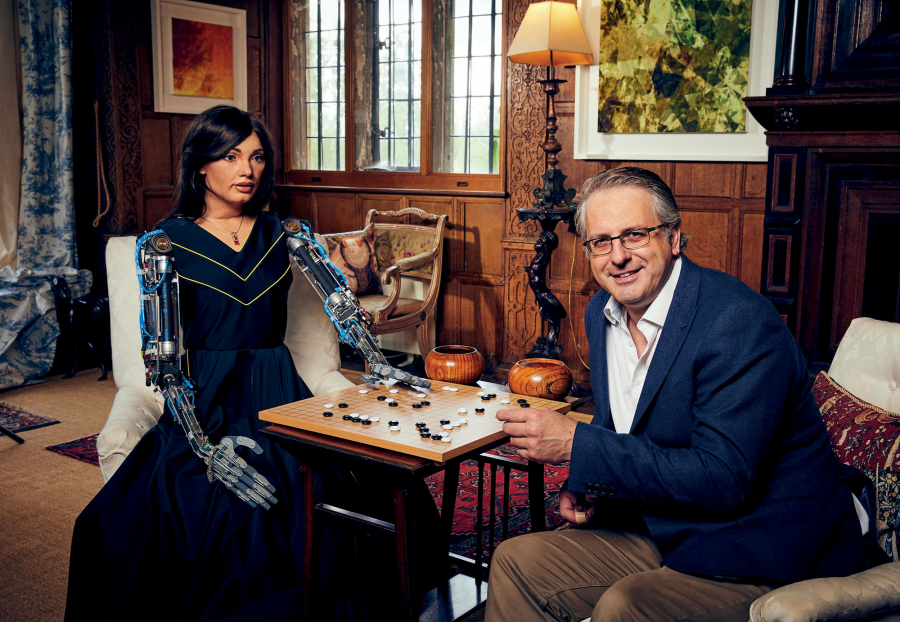
AI? The ideal chess opponent.
While AI can create modern, sophisticated work that is on par (or surpasses) that of real artists, AI works obviously cannot haverankthat human artists possess: individuality and distinct emotions. On the other hand, AI can, and should, be seen as a tool to help humans become more perfect in all areas of life, including art.
Artificial intelligence is also an important turning point in the development of ways to express emotions from artists. Perhaps, audiences have the right to look forward to a completely new future, where art is contributed by both machines and humans.

